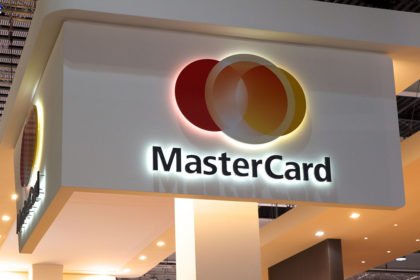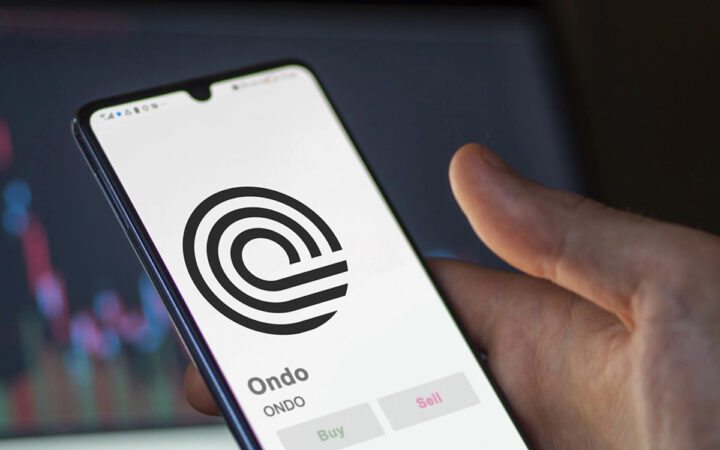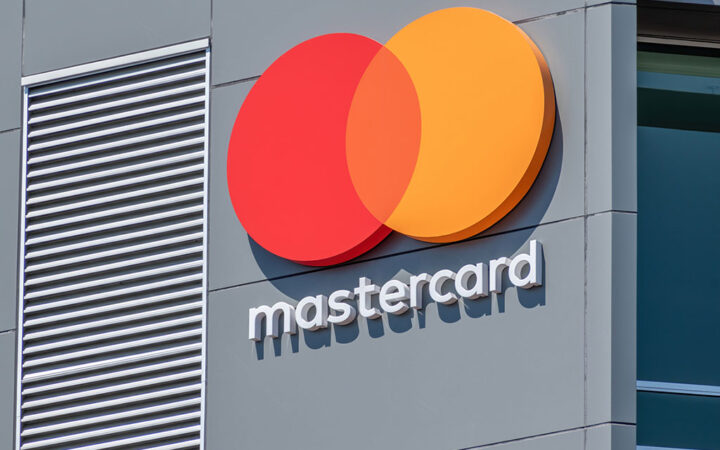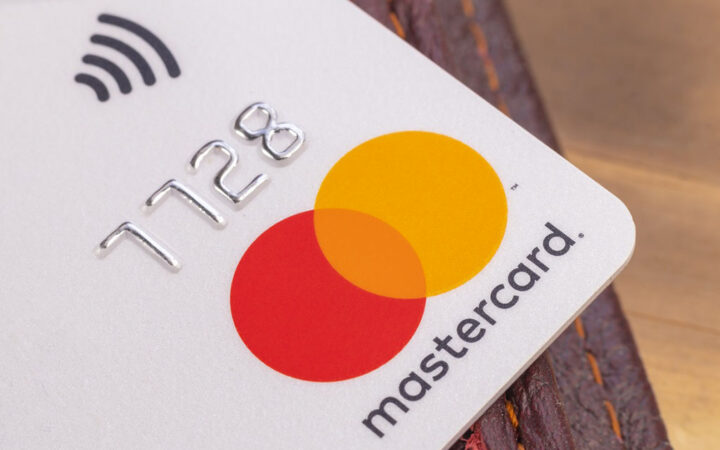Blockchain technology is becoming increasingly popular in today’s digital world. As suggested by the newly published patent filings, among the payment service giants, Mastercard is one of the latest entities to adopt blockchain to keep a track of consumer payments.
There has been a lot of discussion regarding the effectiveness of blockchain in the recent times. And while a great number of people are still unaware of the concept of the blockchain, hundreds of companies are using it to their advantage, Mastercard being the latest inclusion in the list.
Interestingly, the blockchain technology has opened up new avenues for the digital information to be distributed without allowing anyone to copy it. Even though it was initially devised for digital currency like Bitcoin, the tech community is now in the quest of finding other potential uses of this technology.
What does Mastercard Plan to Do with the Blockchain Technology?
The news about the latest move made by Mastercard came to light when the U.S. Patent and Trademark Office published a series of largely similar patent application last week. Here, Mastercard outlined how the methods based on distributed ledger technology (DLT) can be used to enable secure storage of key data for transactions, including point-to-point and business-to-business transactions.
Interestingly, Mastercard intends to use that information to create a log of items procured during the courses of business. Since a digital ledger is immutable and tamper-proof in nature, the distributed ledger technology or DLT can be a great option for record storage. According to the recent patent filing, blockchain can simplify registering and monitoring of the purchase orders.
Furthermore, the storage on the blockchain can be structured in such a manner that data can be formatted for easy retrieval. Simultaneously, it can also facilitate the essential audit and reporting by participating entities.
An earlier report suggests that Mastercard has secured a number of patents related to the blockchain, including the one that uses a method to accelerate the cryptocurrency payments. The payment processing giant also shared its interest in recruiting blockchain experts in the past, which only suggests that Mastercard has been actively testing the applications of the blockchain technology.
Apparently, Mastercard continues to develop its long list of blockchain and DLT-based patents. The latest report suggests that as of August 10, Mastercard had 80 patents filings linked to blockchain-related technologies, while Alibaba Group Holding Inc. (BABA) and IBM (International Business Machines Corp.) topped the rankings with 90 and 89 patent filings, respectively.
Why are Large-scale Entities Investing in Blockchain Technology?
As you may have already heard, blockchain technology offers new tools for authentication and authorization in the digital age that rule out the requirement for several centralized administrators, enabling the creation of new digital relationships.
Blockchain has already brought a revolution in the systems of record. And the introduction of Bitcoin – the first permanent, decentralized, trustless ledger of records, has taught the entrepreneurs across industries about the implications of this development.
Interestingly, the idea of blockchain can now be used whenever there is a need for trustworthy record. As a matter of fact, it is also empowering individuals with the full control of cryptography, which will nullify the need for a transaction authority. There are a number of other reasons why the big enterprises are showing interest in incorporating blockchain technology.
1. Digital Identity
Blockchains can provide individuals with the opportunity to develop a strong system for digital identity. The technology offers push transaction, allows owning digital assets as long as you own private keys, and does not rely on accounts and permissions regarding accounts. This newer and safer way of identity management enables the users to avoid sharing vulnerable personal information in the digital world.
2. Inter-organizational Data Management
The blockchain technology relies heavily on the distributed ledger, which is a consensus of simulated, shared, and synchronized digital data, geographically spread across numerous sites, countries or organizations. It does not need any centralized data storage or any central administrator. Since blockchain technology utilizes distributed ledger technology, it is less about maintaining a database and more about managing a system of record.
3. Tokenization
Paring physical items with a corresponding digital token is a great way to authenticate it. Practically, the token bridges the gap between physical and digital worlds. These digital tokens are expected to be quite useful in the areas like supply chain management, intellectual property, anti-counterfeiting and fraud detection.
4. Audit Trails
The banks and other large institutions often need to spend billions of dollars to keep the clients’ information secure from the hackers. While banks may still afford the expenses, the businesses often fail to comply with that, and ultimately put the financial details of the clients into risk. Blockchain technology offers the platform to create a record of the individuals who access the information or records, and monitor and set control on the permissions needed to access the information.
5. Governmental Needs
Interestingly, governments across the world display their interest in all three aspects of blockchain technology.
- The ownership rights surrounding cryptographic key possession, generation, revocation, replacement, or loss.
- The eligibility of being a part of a blockchain network.
- The blockchain protocols.
6. Automated Governance
As you may have already noticed, Bitcoin itself is a decentralized autonomous organization or automated governance. Such blockchain projects remain under experiments which are controlled by strict governance and a lot of areas are yet to be analyzed.
7. To Streamline the Clearing and Settlement
The field of stock trading is quite complicated and you may often hear the term “T+3” which means the trade (T) is followed by three days before the trade is settled. Even though there are several non-blockchain methods to get the number down, the risks of compromising the security remains at large. In blockchain technology, the trade settlement is done at T+0 equation.
8. To Automate Regulatory Compliance
Blockchain technology is not just a trusted repository of information, but can also enable regulatory compliance in code form. In fact, the blocks are made in such a way that it can be a translation of government legal prose into digital code. In the case of banks, the use of blockchain technology can improve the efficiency in areas like anti-money laundering (AML) compliance. Interestingly, the blockchain technology can be regulated to do different things like permit transactions or report transactions of a certain type according to exact rules.
In a nutshell, all the application of blockchain technology can allow people to secure digital relationships that no one could imagine a few years ago. Data sharing has taken a different turn. And now, those data are secure and recorded differently as well.
Disclaimer: Coinspeaker is committed to providing unbiased and transparent reporting. This article aims to deliver accurate and timely information but should not be taken as financial or investment advice. Since market conditions can change rapidly, we encourage you to verify information on your own and consult with a professional before making any decisions based on this content.

Gracie Anderson is a professor of Economics at a reputed university in Australia. She has also been associated with MyAssignmenthelp for a couple of years and has provided necessary assignment help to the students on their request.





